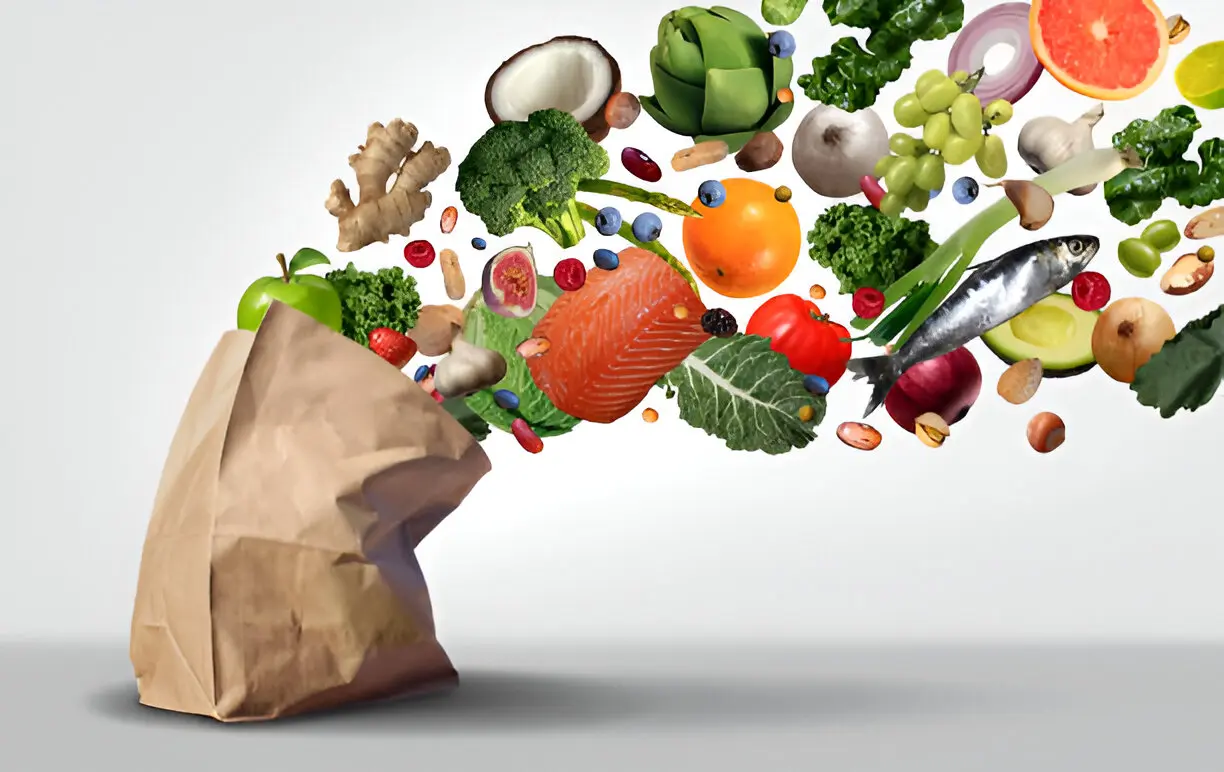Purine is a naturally occurring compound found in many foods, and it plays a vital role in the body’s production of DNA and RNA. However, when purines are broken down, they form uric acid, a substance that, in excess, can lead to health complications. Understanding purine-rich foods and their potential impact on your body is essential for maintaining good health. Below, we’ll explore what purines are, their effects, and how to manage their consumption effectively.
What Are Purines?
Purines are organic compounds found in all cells and some of the foods and drinks we consume. Within the body, purines break down into uric acid, which is then excreted through urine. While the body produces purines naturally, additional intake from the foods we eat can significantly influence uric acid levels.
For most people, uric acid poses no problem, as it is efficiently processed and removed. However, for individuals prone to conditions like gout or kidney stones, elevated uric acid levels can lead to painful symptoms and health complications.
How Purine-Rich Foods Affect the Body
The Link Between Purines and Uric Acid
When you eat foods high in purines, your body metabolizes them into uric acid. If the body cannot remove this excess efficiently, it leads to a condition known as hyperuricemia. While hyperuricemia itself may not cause symptoms, over time, it can result in the formation of urate crystals, which settle in the joints and tissues, causing inflammation. This is a hallmark of gout, a form of arthritis characterized by painful swelling and redness, often in the toes.
Potential Health Implications
Beyond gout, high uric acid levels may have broader health effects. Research suggests that chronically elevated uric acid could be linked to metabolic syndrome, high blood pressure, and certain kidney issues. Lowering purine intake is often recommended as part of managing these conditions.
It’s worth noting that purines themselves aren’t harmful; the issue arises when the body’s ability to process the resulting uric acid is impaired.
Purine-Rich Foods to Watch For
Foods High in Purines
Certain foods are especially high in purines and can contribute to elevated uric acid levels. Examples include:
- Organ Meats – Liver, kidney, and other organ meats are among the richest sources of dietary purines.
- Seafood – Shellfish (like shrimp and lobster), anchovies, sardines, and mackerel are known for their high purine content.
- Game Meats – Venison and other game meats are also purine-dense.
- Certain Fish – Tuna, salmon, and herring contain significant levels of purines.
Moderation is Key
Not all high-purine foods need to be completely avoided, but limiting portions can make a noticeable difference. For example, reducing consumption of organ meats and replacing certain types of seafood with lower-purine options can keep your intake balanced while still allowing variety in the diet.
Foods Low in Purines
For those seeking to manage uric acid levels, focusing on low-purine foods can help. These include:
- Vegetables – Most, including leafy greens, bell peppers, and zucchini.
- Dairy Products – Low-fat or fat-free options are especially beneficial.
- Whole Grains – Brown rice, oats, and whole wheat products contain minimal purines.
- Fruits – Particularly cherries, which may also have anti-inflammatory properties.
- Nuts and Seeds – Almonds, walnuts, and sunflower seeds are low in purines and nutrient-rich.
Switching to such foods can help balance your purine intake while ensuring a nutritionally complete diet.
Managing Purines for a Healthy Lifestyle
Hydration Matters
Staying hydrated is an effective way to help the body eliminate excess uric acid. Aim for at least 8-10 glasses of water daily. Dehydration can exacerbate the problem by concentrating uric acid in the blood.
Limit Alcohol and Sugary Drinks
Alcoholic beverages, especially beer and spirits, are high in purines and can hinder the body’s ability to excrete uric acid. Similarly, drinks with high fructose content, such as soda, may increase uric acid production. Switching to water, herb-infused teas, or diluted fresh juices can help improve overall health and reduce uric acid levels.
Seek Professional Guidance
If you experience symptoms associated with high uric acid, such as joint pain, consult a healthcare provider to determine the best approach. For instance, people diagnosed with gout or other related conditions might benefit from tailored advice provided by a specialist. Finding support, such as through an arthritis and rheumatic care center in Lake Forest, can play a critical role in managing symptoms and enhancing quality of life.
Conclusion
Purine-packed foods can have a significant impact on your body, especially if you are predisposed to conditions like gout. While purines are essential for bodily functions, consuming too many purine-rich foods can lead to elevated uric acid levels and potential health concerns. Moderating your intake of high-purine foods, staying properly hydrated, and maintaining a balanced diet are practical steps to minimize their impact.
Understanding your body and its needs is key to maintaining health. By making informed dietary choices and consulting experts where necessary, you can keep issues related to purine consumption in check, helping you lead a healthier, pain-free life.
Also Read-Beyond the Adjustment: How Science Explains Chiropractic’s Health Benefits








